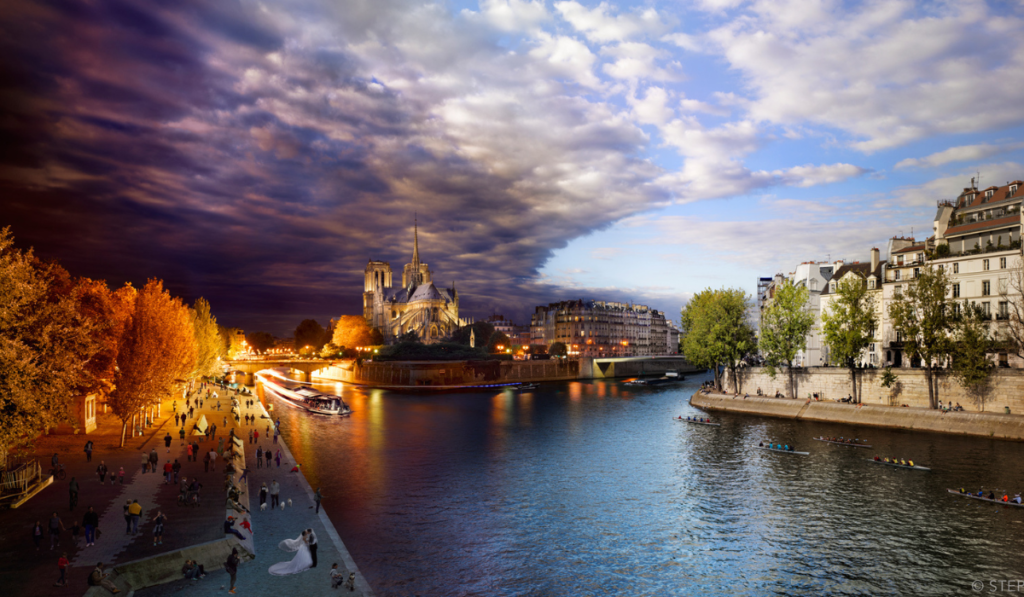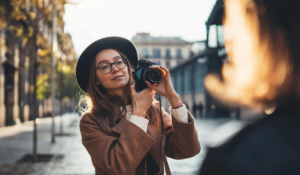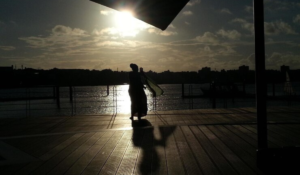A Guide to Lighting and Weather Conditions in Photography

The quality of light plays a crucial role in photography. Sunrises, twilights, and misty mornings all have their own aesthetics and moods that are shaped by light. Adapting to different types of light and weather is essential in outdoor photography, where lighting conditions are constantly changing due to weather changes. This comprehensive guide will help you cope with the weather and lighting conditions you’ll encounter in outdoor photography.
The quality of light is crucial to photography

The art of photography is fundamentally about capturing light. Photographers in studios have the luxury of controlling artificial lighting, but outdoor photographers have to contend with the ever-changing natural light. A photograph’s final outcome can be significantly influenced by the quality of light — its intensity, direction, and color temperature. Therefore, mastering outdoor photography involves harnessing and manipulating natural light to achieve desired results.
Outdoor photography challenges

Due to the unpredictability of weather conditions, outdoor photographers face unique challenges. It is not as easy to control nature’s lighting as in a studio setting, where the light can be precisely controlled. Whether it’s harsh midday sunlight, overcast skies, or anything in between, outdoor photographers must learn how to adapt. It is fundamental for any outdoor photographer to learn to work with – as well as against – these natural elements.
Light and Photography

Creating compelling photographs requires understanding how light interacts with the environment. Soft and diffused light can evoke vastly different emotions and moods from harsh and direct light. From ordinary snapshots to stunning works of art, photographers can elevate their images by learning to recognize and utilize different lighting conditions.
Photographing outdoors at the best times
There are times of the day when natural light is more favorable for photography than others. When is the best time to shoot outdoors?
-
It is ideal to capture atmospheric landscapes and cityscapes during the “blue hour,” just before sunrise and after sunset.
-
In the morning golden hour, colors and textures are enhanced by the warm, diffused light that emerges shortly after sunrise.
-
The soft, even lighting provided by overcast skies is perfect for portraits, details, and black-and-white photography.
-
A warm, flattering light is provided by the evening golden hour, similar to the morning golden hour.
-
When the sky is dark, long-exposure shots are possible, as well as starry skies.
Lighting Conditions: Making the Most of Them
It is important for photographers to understand the best time for shooting, as well as how to adjust to changing lighting conditions. You can master outdoor photography by following these practical tips:
-
From soft morning light to dramatic sunset hues, different times of day offer unique lighting conditions. To find the best lighting for your subject, try taking pictures at different times.
-
Use the weather conditions to your advantage: Misty mornings and rainy afternoons can dramatically affect lighting conditions. Make the most of inclement weather by taking advantage of its moodiness.
-
When taking portraits, make use of available light: Natural light, especially during the golden hour, can be incredibly flattering. To achieve the desired effect, experiment with positioning your subject in relation to the light source.
-
You can capture unique, atmospheric shots at night when you shoot long exposures. To create stunning nighttime images, experiment with long exposures and artificial light sources.
Photographers can elevate their work and create captivating images by understanding light and weather conditions in outdoor photography. Mastering light is the key to unlocking the potential of outdoor photography, whether it’s capturing the soft glow of dawn or the dramatic shadows of a stormy sky.



